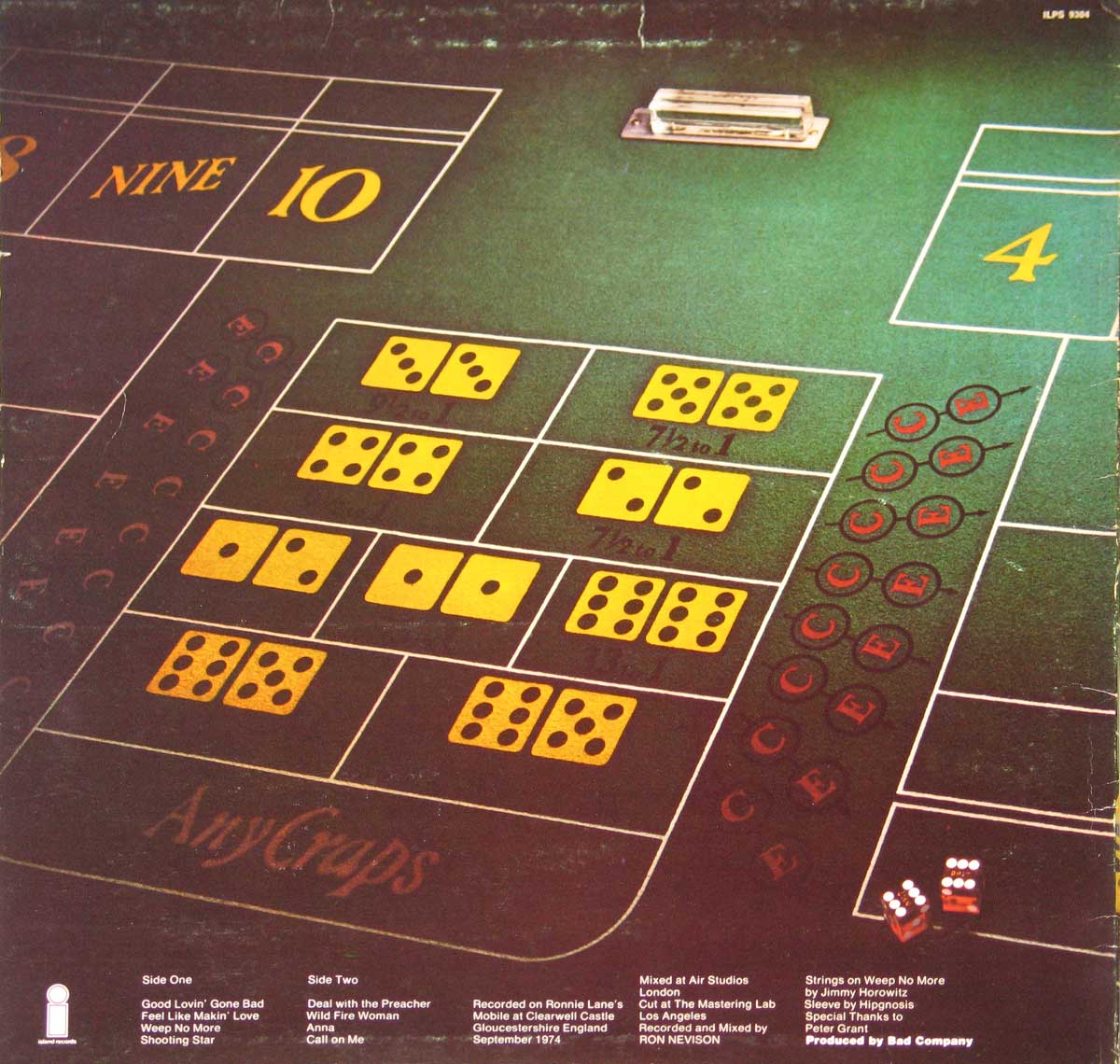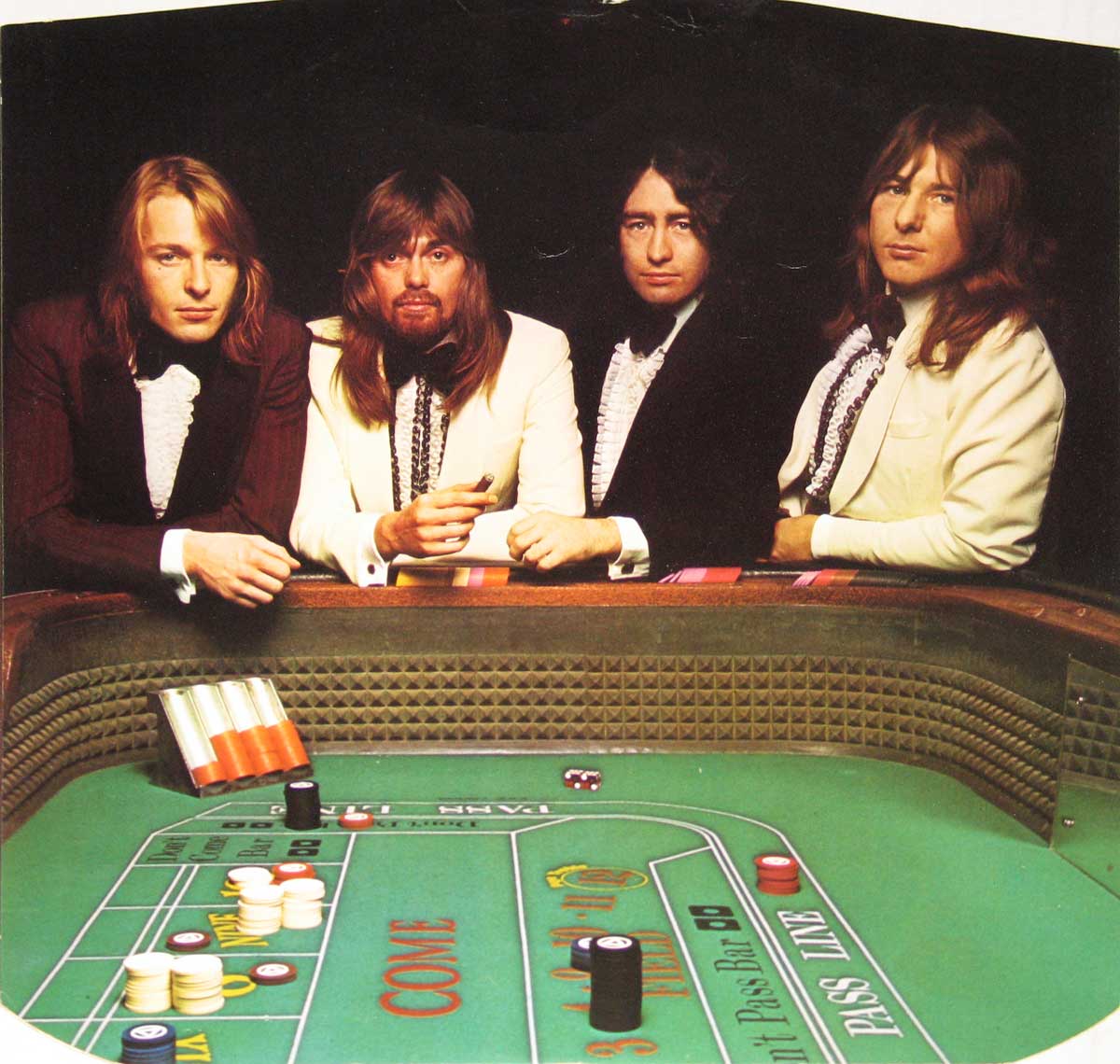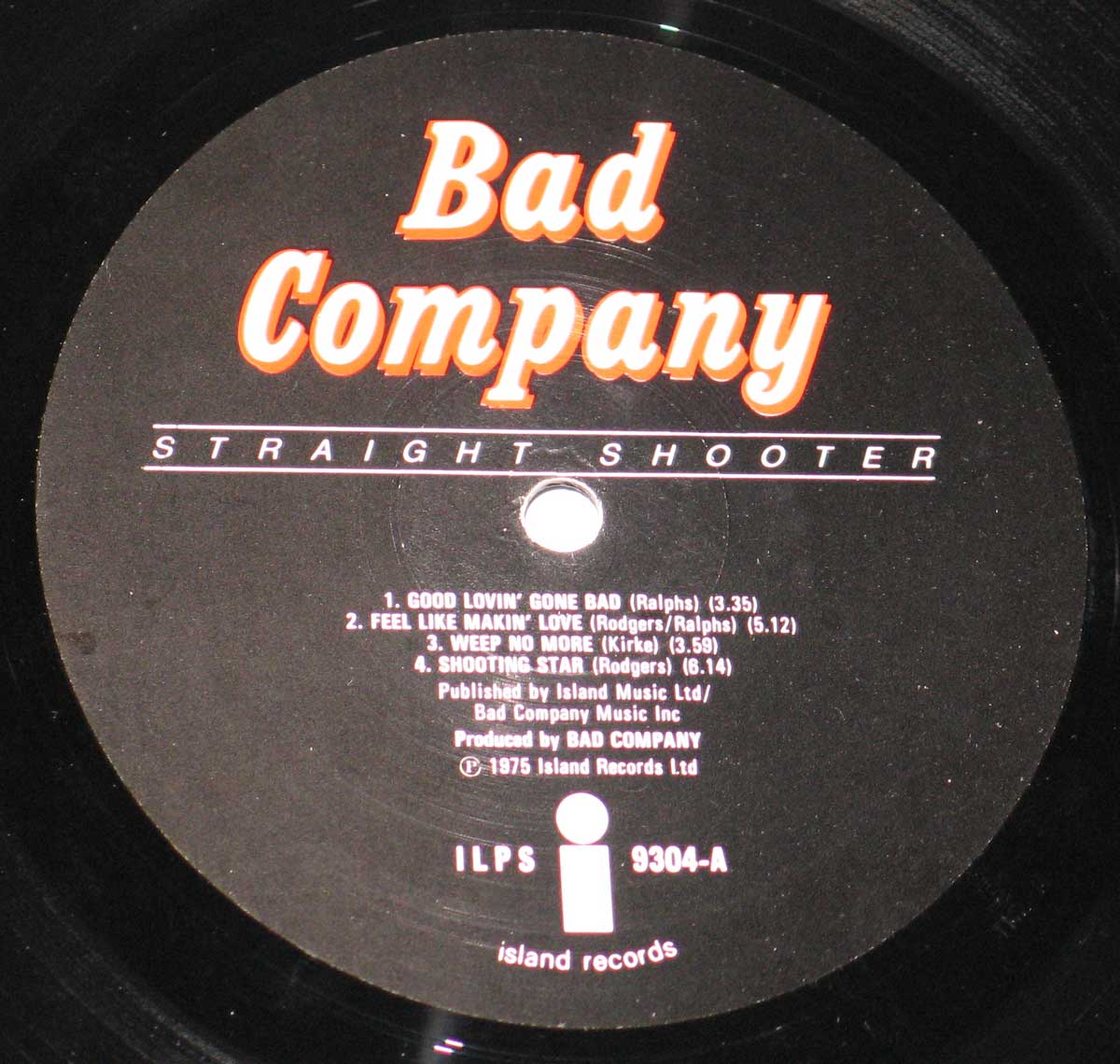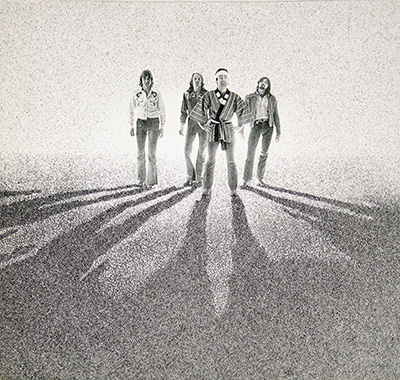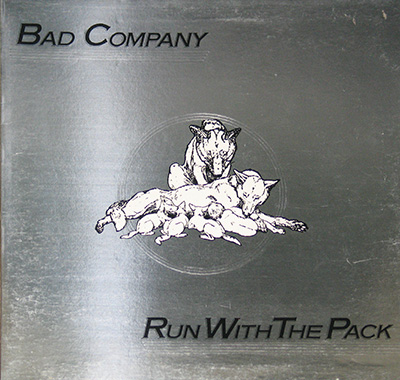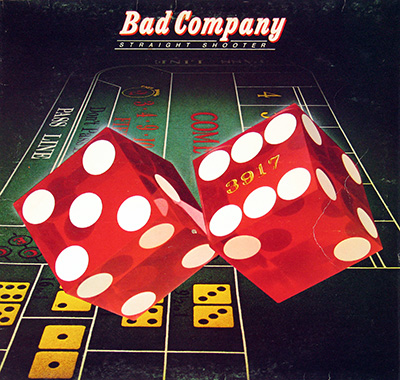"Straight Shooter" Album Description:
In the autumn of 1974, against the backdrop of the picturesque Gloucestershire Castle, Bad Company embarked on a musical pilgrimage that would give birth to their iconic "Straight Shooter" 12" vinyl LP album.
The Setting:
Gloucestershire Castle, a majestic castle turned hotel, served as the unlikely but inspired venue for Bad Company's creative endeavor. In September 1974, the band, consisting of Paul Rodgers, Mick Ralphs, Boz Burrell, and Simon Kirke, gathered within the castle's historic confines to channel their musical energies. The decision to record in this unique location was a nod to the band's desire to infuse their music with a sense of grandeur and timeless resonance.
The Ronnie Lane Mobile Truck:
A pivotal player in this historical musical saga was The Ronnie Lane Mobile Truck, a state-of-the-art mobile recording studio. This innovative studio on wheels allowed Bad Company to capture the raw essence of their performance on the spot. The decision to employ this mobile marvel added an adventurous and dynamic element to the recording process, giving the band the flexibility to experiment and create in unconventional spaces.
Creative Alchemy:
As the band settled into the castle's atmospheric embrace, the creative alchemy began. Building on the success of their self-titled debut album, Bad Company aimed to push musical boundaries while staying true to their blues-rock roots. The collaborative spirit within the band, fueled by the unique energy of Gloucestershire Castle, sparked a songwriting process that birthed some of the band's most enduring tracks.
Recording Highlights:
"Straight Shooter" emerged from the recording sessions as a testament to Bad Company's evolution as a musical force. The hauntingly beautiful "Feel Like Makin' Love" and the introspective "Shooting Star" were among the gems forged within the castle's stone walls. The chemistry between Rodgers' soulful vocals, Ralphs' masterful guitar, Burrell's pulsating bass, and Kirke's dynamic drumming reached a zenith during these sessions, giving each track a distinctive and powerful sonic signature.
Challenges and Triumphs:
Recording within the historic castle presented its share of challenges, from technical hurdles to the quirks of a non-traditional recording space. Yet, it was precisely these challenges that fueled the band's determination to create something extraordinary. The result was an album that not only met but exceeded expectations, solidifying Bad Company's reputation as rock royalty.

